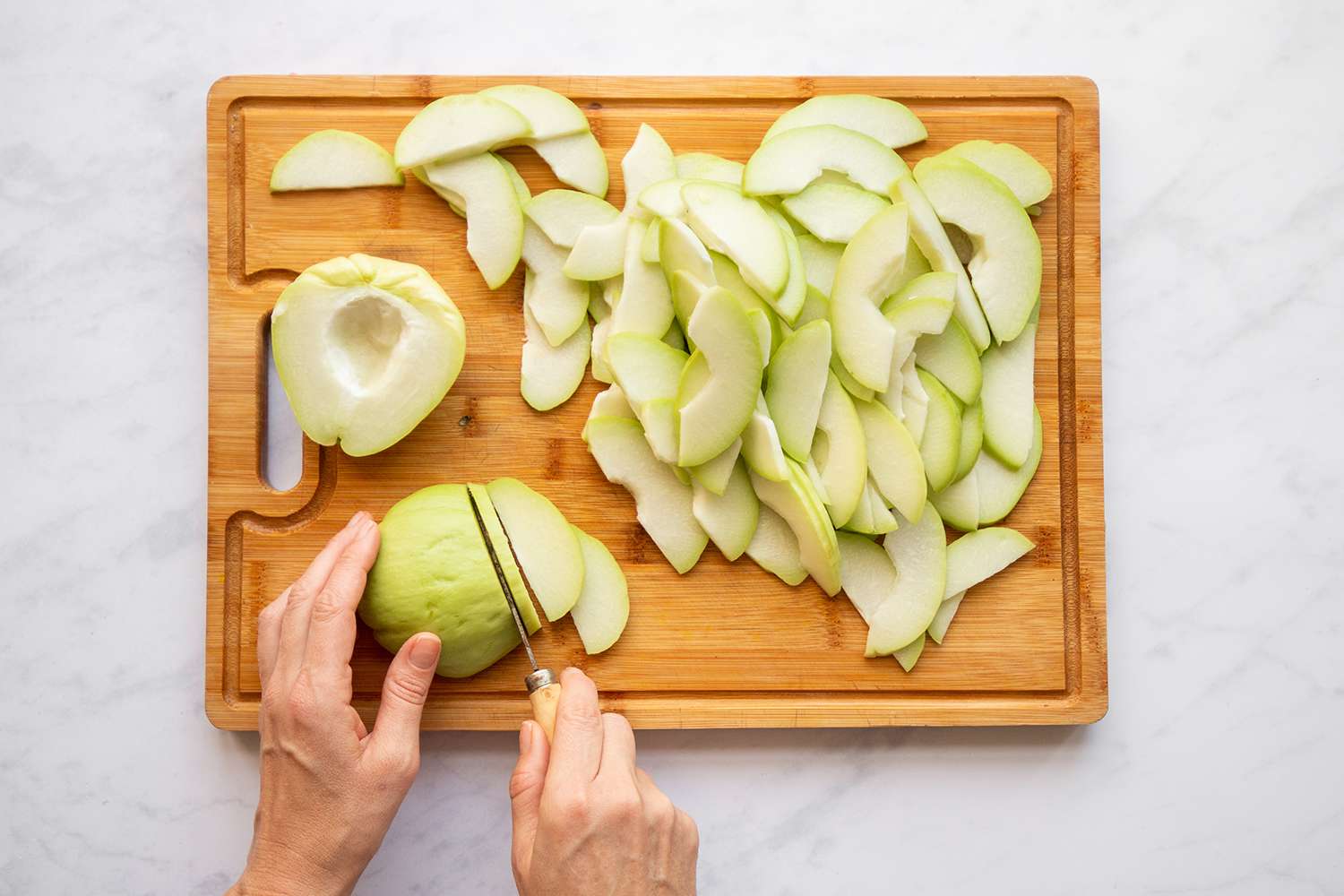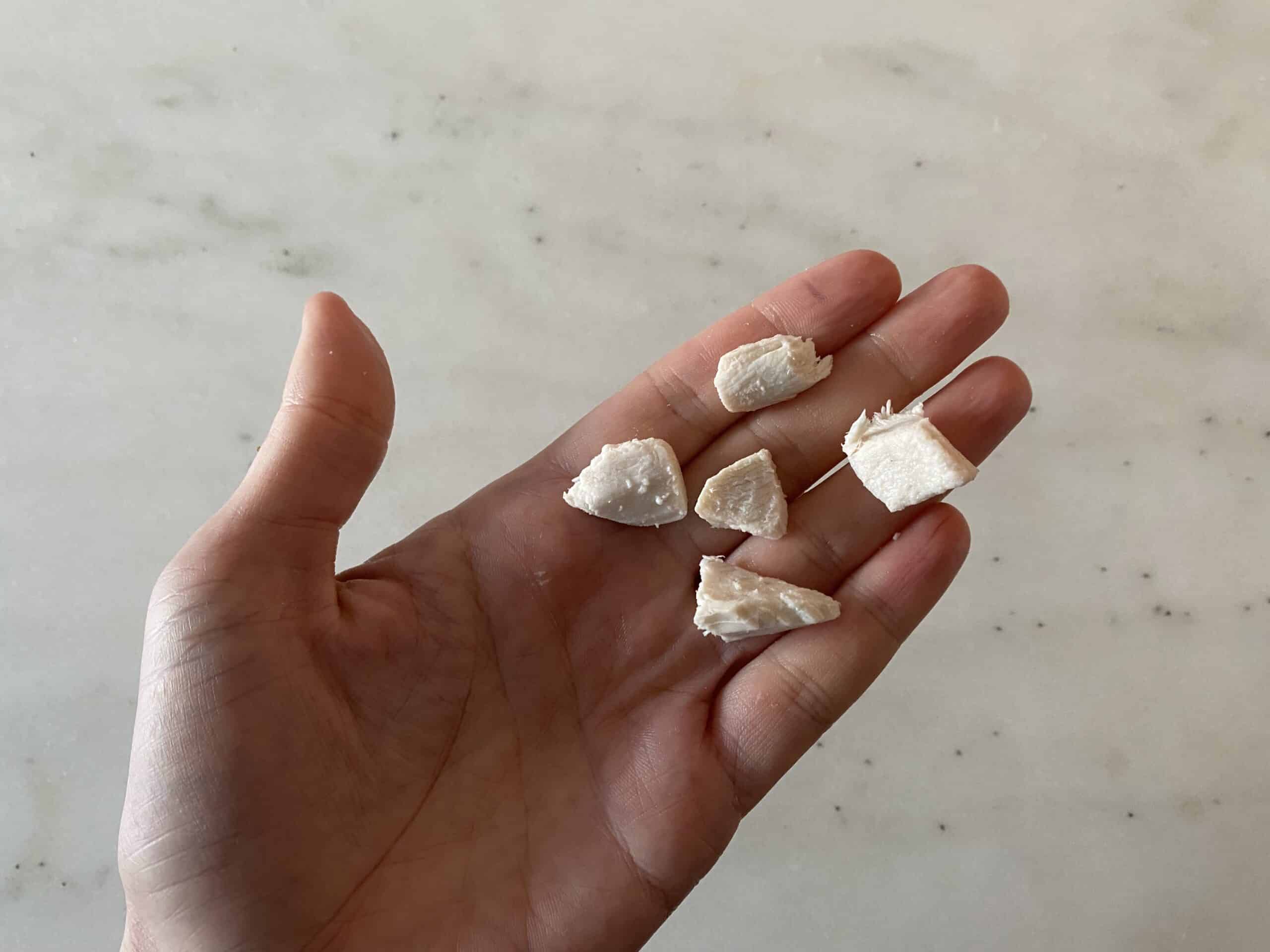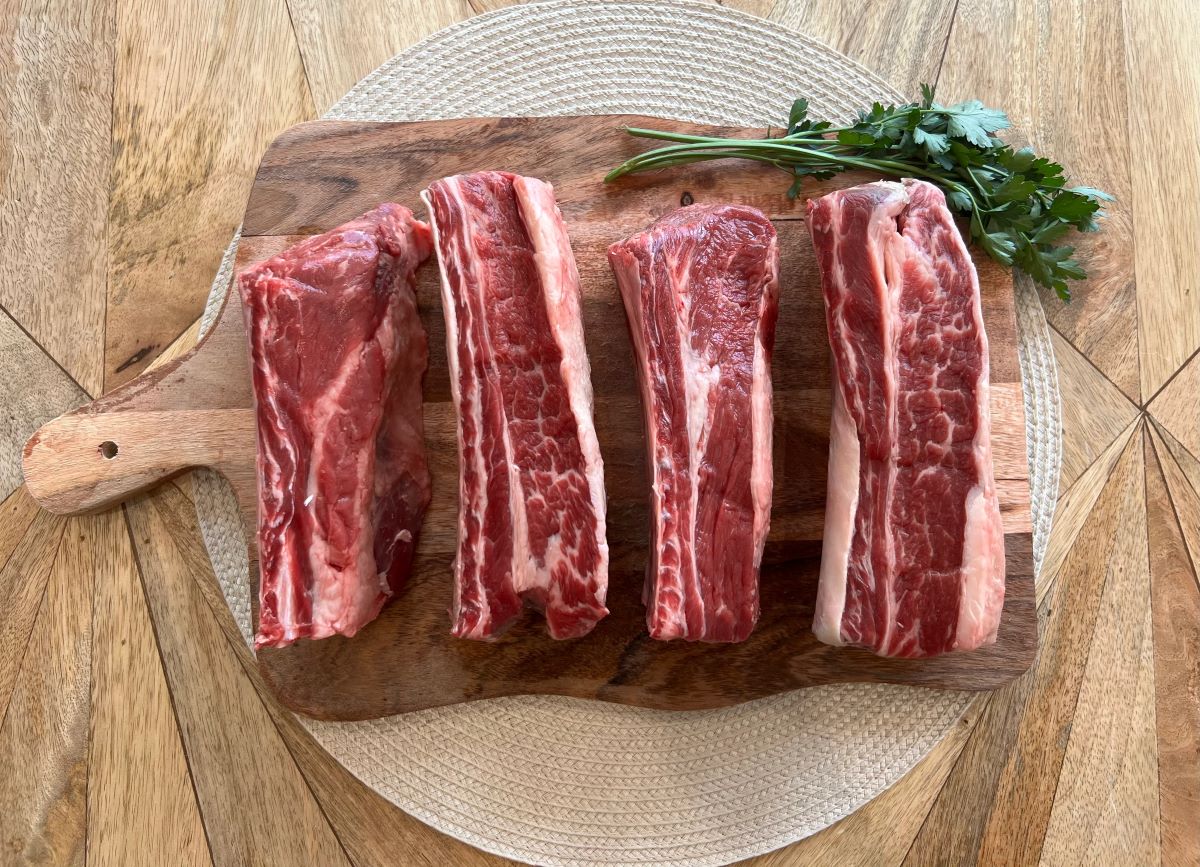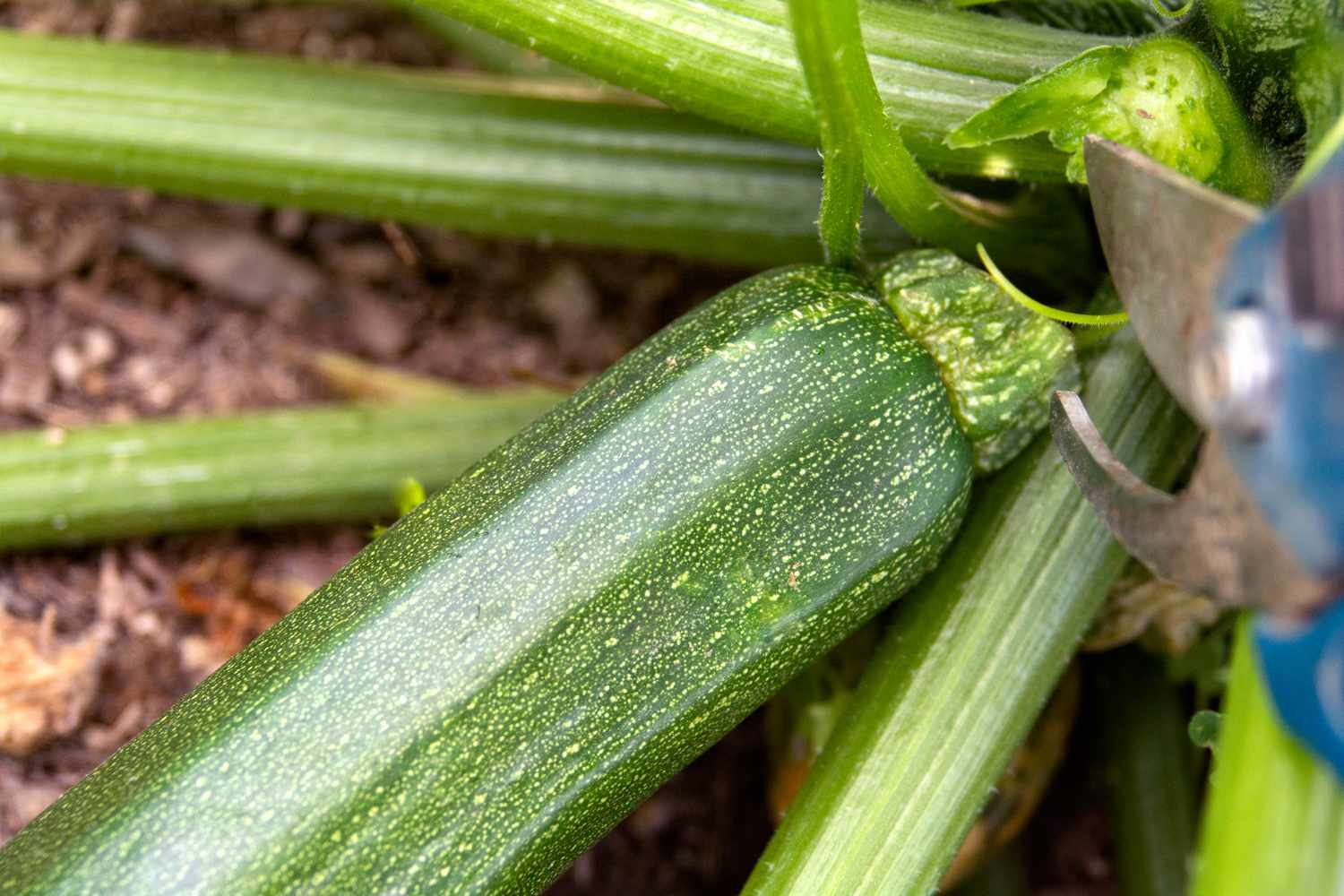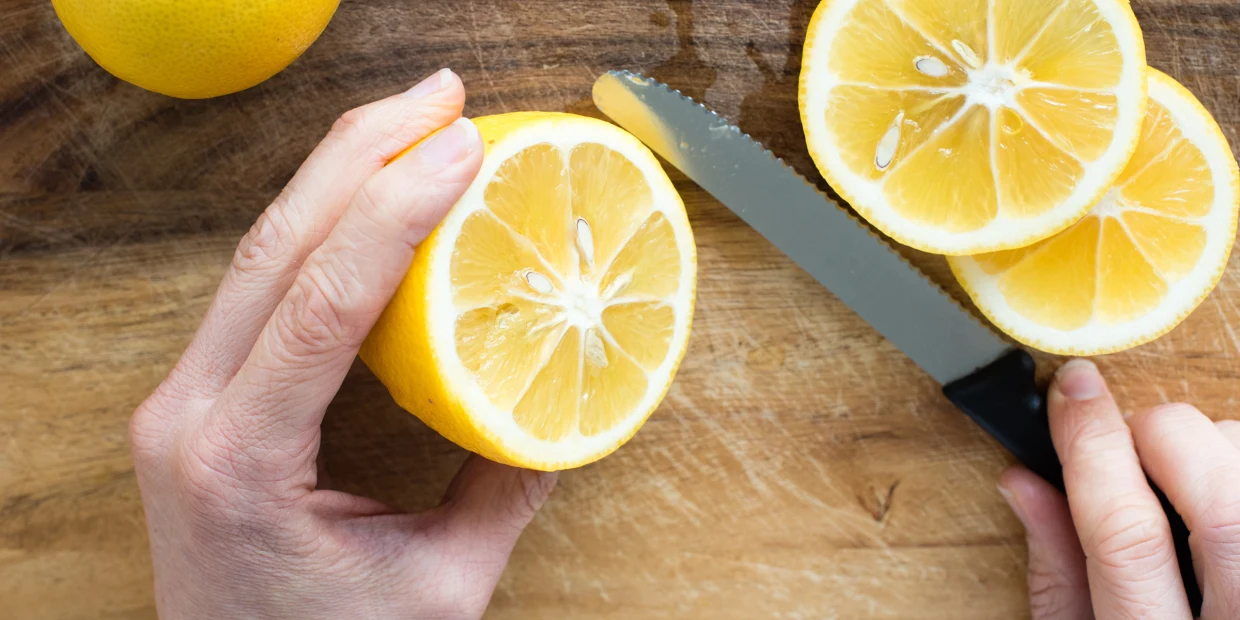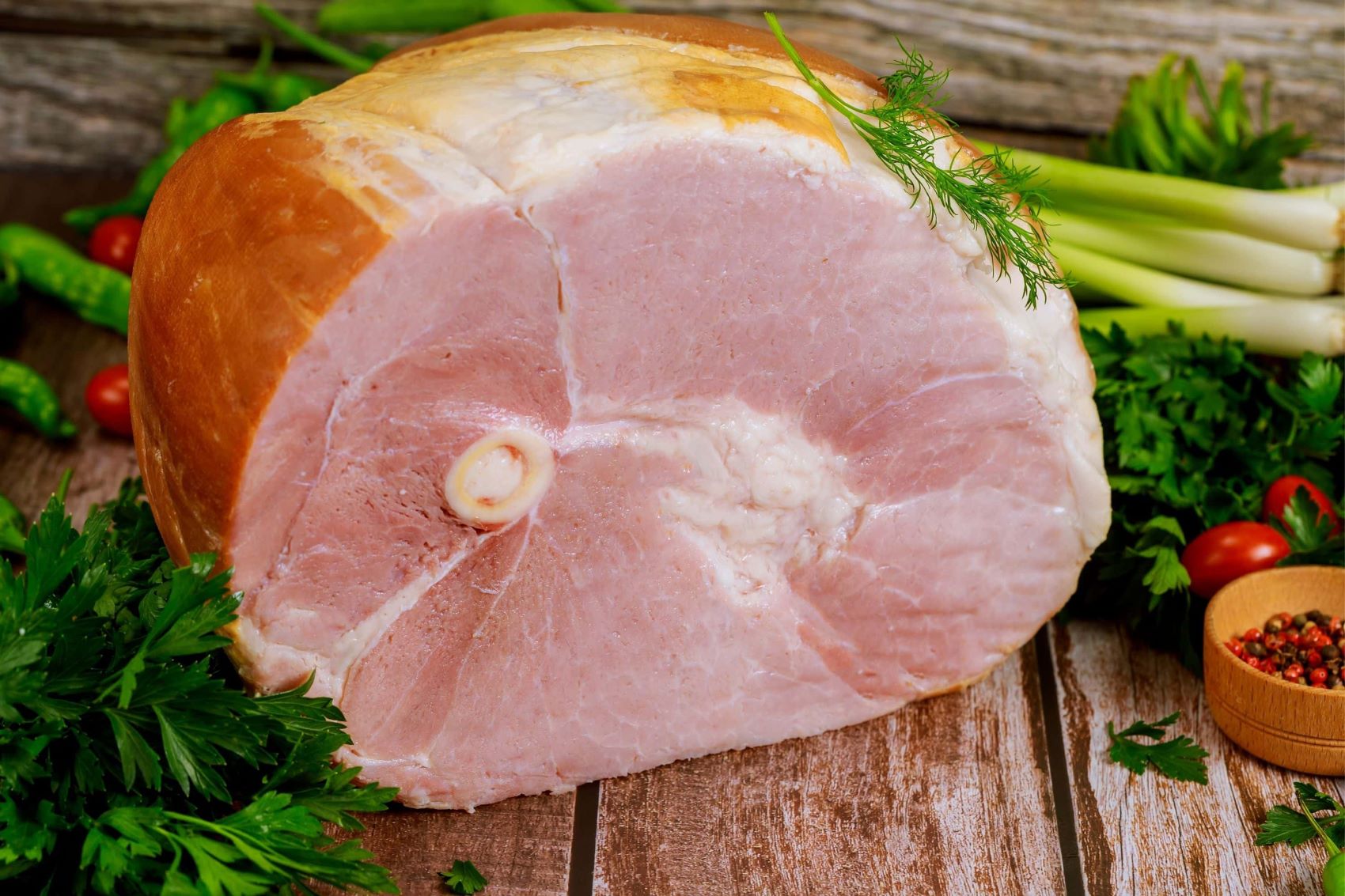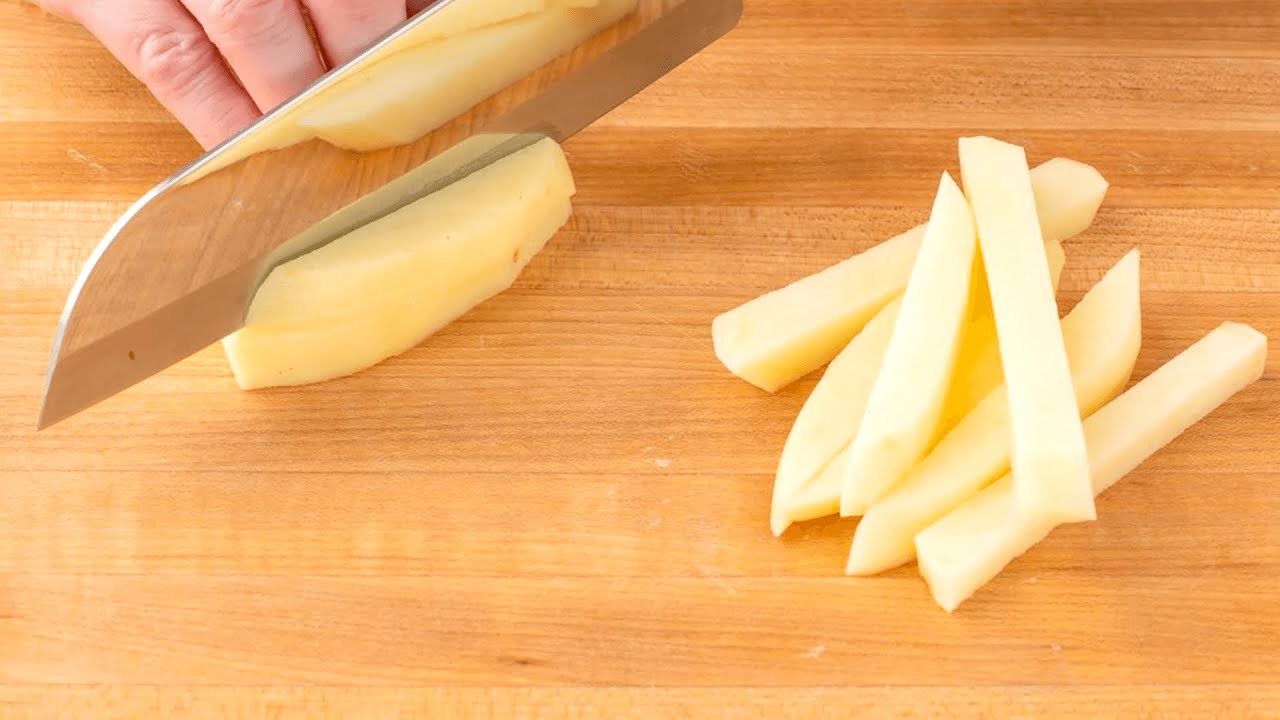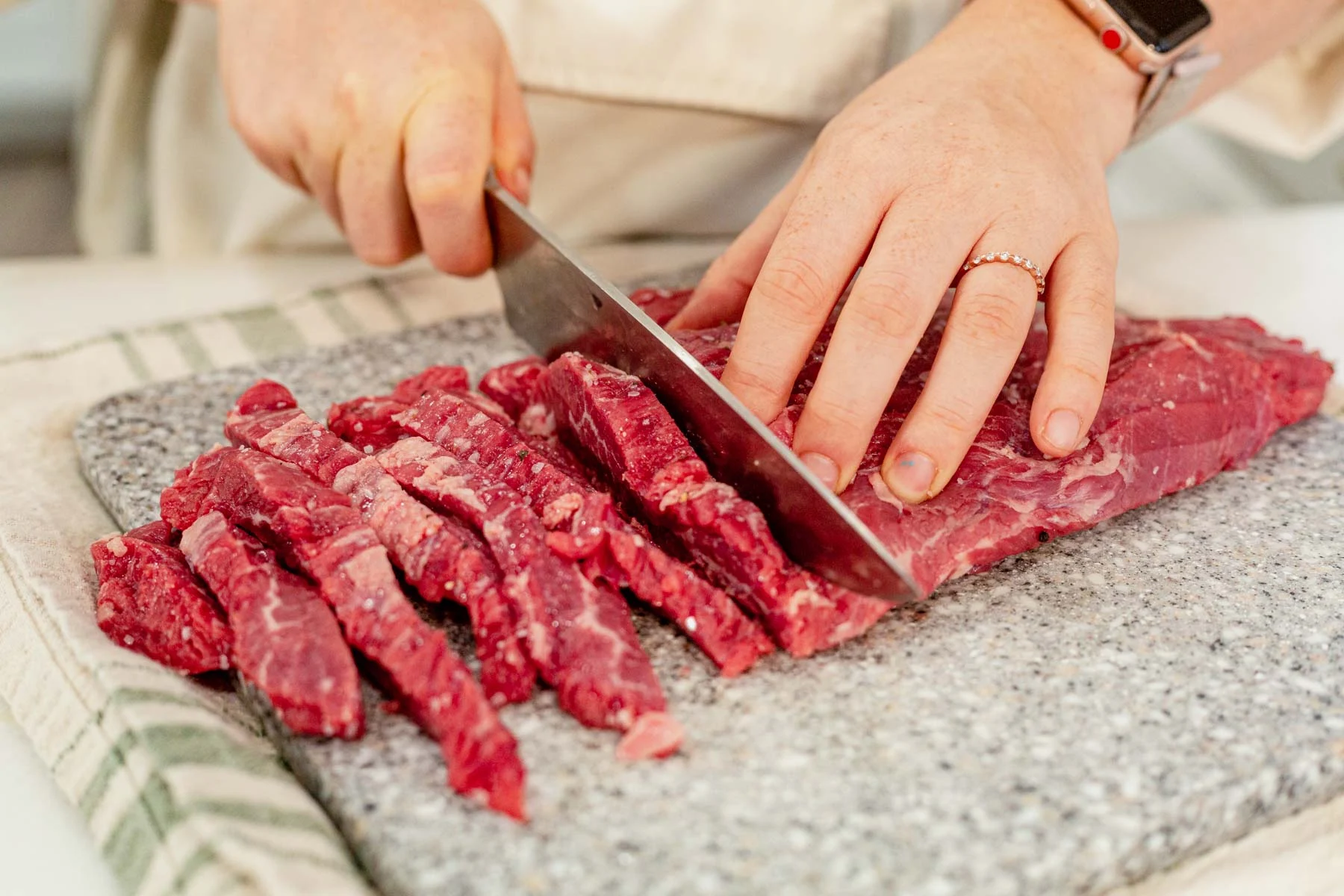How to Cut Vegetables Fast: A Quick Guide for Busy Cooks
When it comes to cooking, efficiency is key. As a busy cook, you want to spend less time prepping and more time enjoying your delicious creations. One way to significantly speed up your meal preparation is by mastering the art of cutting vegetables quickly. In this guide, we will share some handy tips and techniques to help you become a vegetable-cutting ninja!
1. Start with Proper Tools
Having the right tools can make a world of difference when it comes to cutting vegetables fast. Invest in a good quality chef’s knife with a sharp blade. A sharp knife will glide through vegetables effortlessly, saving you precious time. Additionally, a cutting board with a stable grip will provide a secure and safe surface to work on.
2. Prep and Organize
Before you start chopping away, take a few moments to organize your workspace. Gather all the vegetables you’ll be cutting and arrange them in order of the cutting sequence. This way, you won’t waste time searching for the next vegetable and can maintain a steady rhythm.
- Wash your vegetables thoroughly to remove any dirt or debris.
- Peel the vegetables if necessary, using a peeler or a knife.
- Trim any unwanted parts, such as stems or leaves.
3. Master the Basic Cuts
Learning a few basic cutting techniques will boost your speed and precision in the kitchen. Here are some essential cuts to know:
- Julienne: Cut the vegetables into long, thin strips.
- Dice: Cut the vegetables into small, equal-sized cubes.
- Slice: Cut the vegetables into thin, even slices.
- Chop: Cut the vegetables into irregular, larger-sized pieces.
4. Use Efficient Hand Placement
Proper hand placement can make a huge difference in speeding up your vegetable cutting process. Hold the vegetable with your non-dominant hand, keeping your fingers tucked in a claw-like shape to protect them. This grip provides stability and control, allowing you to slice through the vegetables with ease using your dominant hand.
5. Practice Knife Skills
Sharpening your knife skills is essential for cutting vegetables quickly. Here are a few techniques to practice:
- Rocking motion: Use a gentle rocking motion while cutting to maintain a consistent rhythm.
- Finger-guiding: Use your fingertips to guide the knife blade while keeping them safely tucked away from the sharp edge.
- Slicing techniques: Learn different slicing techniques like the forward slice, diagonal slice, or crosscut to cut through various vegetables efficiently.
Conclusion
By following these tips and techniques, you can become a pro at cutting vegetables fast. Remember, practice makes perfect, so don’t be discouraged if you don’t see immediate results. With time and experience, you’ll be amazed at how quickly you can chop, slice, and dice your way through a variety of vegetables. So, gear up with your sharp knife, organize your workspace, and get ready to conquer the kitchen like a culinary superhero!
1. Use a sharp knife: A sharp knife makes all the difference when it comes to cutting vegetables quickly. Make sure to maintain a sharp edge on your knife to make the process smoother.
2. Prep and organize your ingredients: Before you start cutting, wash and dry your vegetables, and have them ready on your cutting board. This will save you time and make the process more efficient.
3. Practice different cutting techniques: Learn different cutting techniques like chiffonade, julienne, or dicing. These techniques can make the process faster and give you beautifully cut vegetables.
4. Use a mandoline or a food processor: If you want to cut large amounts of vegetables quickly, using a mandoline or a food processor with slicing attachments can be a great option.
5. Don’t overcrowd your cutting board: Work in batches and cut smaller amounts at a time. Overcrowding your cutting board can slow you down and make it more difficult to make precise cuts.
1. Stack and roll technique: Stack the leaves on top of each other and roll them tightly into a cylinder shape. Then, simply slice across the rolled leaves to create thin ribbons or strips.
2. Use kitchen shears: Instead of using a knife, try cutting leafy greens with kitchen shears. This method can be quicker and easier, especially when dealing with herbs or delicate greens.
3. Tear instead of cutting: If you are working with larger, tougher leaves like kale or lettuce, tearing them into bite-sized pieces can be faster than cutting them individually.
1. Chill the onion: Place the onion in the refrigerator for about 10-15 minutes before chopping. This helps to reduce the release of the gas that causes tears.
2. Work under running water: Chop the onion under a stream of running water or place a bowl of water nearby. The water will help trap the volatile compounds and prevent them from reaching your eyes.
3. Use a sharp knife: A dull knife can cause more damage to the onion’s cells and release more irritants. A sharp knife will minimize the damage and reduce tears.
4. Cut near a flame: Some people find that cutting onions near a lit candle or an open flame can help reduce the tears. The heat from the flame may help dissipate the onion vapors.
1. Cut off the top and bottom: Start by cutting off the stem end and the bottom of the bell pepper. This will create a flat surface for stability.
2. Remove the core and seeds: Slice vertically along the sides to remove the core and the seeds. Discard them.
3. Flatten the pepper: Lay the pepper halves on your cutting board, skin side down, and gently press to flatten them.
4. Slice into strips: Slice the bell pepper from top to bottom into long strips of your desired thickness. You can further cut the strips into smaller pieces if needed.
1. Select ripe, firm tomatoes: Choose tomatoes that are ripe but still firm to make the dicing process easier.
2. Use a sharp knife: A sharp knife will ensure clean cuts without applying excessive pressure.
3. Slice off the top and bottom: Remove the top and bottom of the tomato to create a flat surface for stability.
4. Cut the tomato in half: Slice the tomato in half horizontally or vertically, depending on the desired size of your dice.
5. Gently remove the seeds and core: Use a small spoon or your fingers to scoop out the seeds and core, being careful not to apply too much pressure.
6. Slice into strips: Lay the tomato half flat on the cutting board and slice it into even strips.
7. Dice the strips: Gather the tomato strips and crosswise, cut them into small cubes. Take your time to ensure precise cuts without squishing the tomato flesh.
1. Peel and trim the carrots: Peel the carrots to remove the outer skin, and trim off the ends.
2. Cut the carrot into even lengths: Cut the carrot into lengths of about 2-3 inches to make them easier to handle.
3. Slice into thin planks: Lay the carrot pieces flat on the cutting board and slice them lengthwise into thin, even planks.
4. Stack the planks and cut into matchsticks: Gather the carrot planks and stack them together. Then, carefully cut across the planks to create thin matchsticks. Aim for even and consistent cuts.
5. Adjust the length if needed: If the matchsticks are too long, feel free to cut them into smaller lengths for your desired presentation.
Remember, practice makes perfect, so the more you practice julienning carrots, the faster and more accurate you’ll become.
1. Use a sharp knife: A sharp knife will make the task easier and allow you to cut through vegetables with less effort.
2. Practice proper knife technique: Hold the knife with a firm grip and use the rocking motion to quickly slice through the vegetables.
3. Preparing the vegetables: Wash and dry the vegetables thoroughly before cutting. Peel and trim as needed, and make sure to remove any tough or woody parts.
4. Use a cutting board with a good grip: A stable cutting board will prevent accidents and make the process faster.
5. Group similar vegetables together: Cut vegetables of similar shapes and sizes together to streamline the process and save time.
6. Utilize vegetable prep tools: Mandolines, food processors, or vegetable choppers can be very helpful in reducing the time spent on cutting vegetables.
1. Plan ahead: Have a clear plan of the vegetables you need to chop and organize them in order of chopping.
2. Use efficient chopping techniques: Learn different cutting techniques like the julienne, dice, or chiffonade to reduce chopping time.
3. Do multitasking: While one vegetable is cooking, chop the next one to make the most of the waiting time.
4. Invest in good quality tools: A sharp knife and efficient vegetable chopper or mandoline can significantly speed up your chopping process.
5. Practice makes perfect: The more you practice chopping vegetables, the faster you’ll become. Speed will come naturally with experience.
1. Chill the onion: Place the onion in the refrigerator for 10 to 15 minutes before cutting. The cold temperature helps reduce the release of irritating compounds.
2. Cut near a running water source: Running water near the cutting board helps to wash away the onion’s irritants, reducing their contact with your eyes.
3. Use a sharp knife: A sharp knife will cause less damage to the onion’s cells, reducing the release of irritants.
4. Light candles or use a fan: Create a gentle breeze near the cutting area to help dissipate the onion’s fumes.
5. Cut under running water: Cutting the onion under a steady stream of water can help wash away the fumes as they are released.
6. Wear goggles or glasses: Wearing goggles or glasses can create a barrier between your eyes and the onion’s irritants.
1. Prepare all the vegetables in advance: Wash and dry the vegetables, and cut them into uniform sizes so they cook evenly.
2. Group similar vegetables together: Assemble all the vegetables that require the same cutting technique, such as julienne or dice, to streamline the process.
3. Use a sharp knife and a stable cutting board: A sharp knife will make cutting easier and faster, while a stable cutting board prevents accidents and speeds up the process.
4. Cut in batches: Instead of cutting one vegetable at a time, cut similar vegetables in batches to optimize your efficiency.
5. Utilize efficient cutting techniques: Practice efficient cutting techniques such as roll-cutting or bias-cutting to quickly prepare your vegetables.
6. Be organized: Have a clear work area and keep the cut vegetables separated and ready for cooking.
1. Clean and dry the vegetables: Thoroughly wash and dry the vegetables before cutting to remove any dirt or moisture.
2. Slice uniformly: Slice the vegetables into thin, uniform pieces to ensure even distribution in the salad.
3. Use a sharp knife: A sharp knife will cut through the vegetables easily, making the process faster and safer.
4. Stack and slice: For leafy greens like lettuce or spinach, stack the leaves and roll them tightly. Then, make thin slices across the rolled stack for quick and consistent cuts.
5. Julienne or shred: For vegetables like carrots or radishes, cut them into thin matchstick-like strips using a julienne peeler or a mandoline.
6. Use a food processor: If you have a food processor, utilize it to quickly chop or shred vegetables for your salad.
Was this page helpful?
Read Next: How To Cut A Spring Onion
